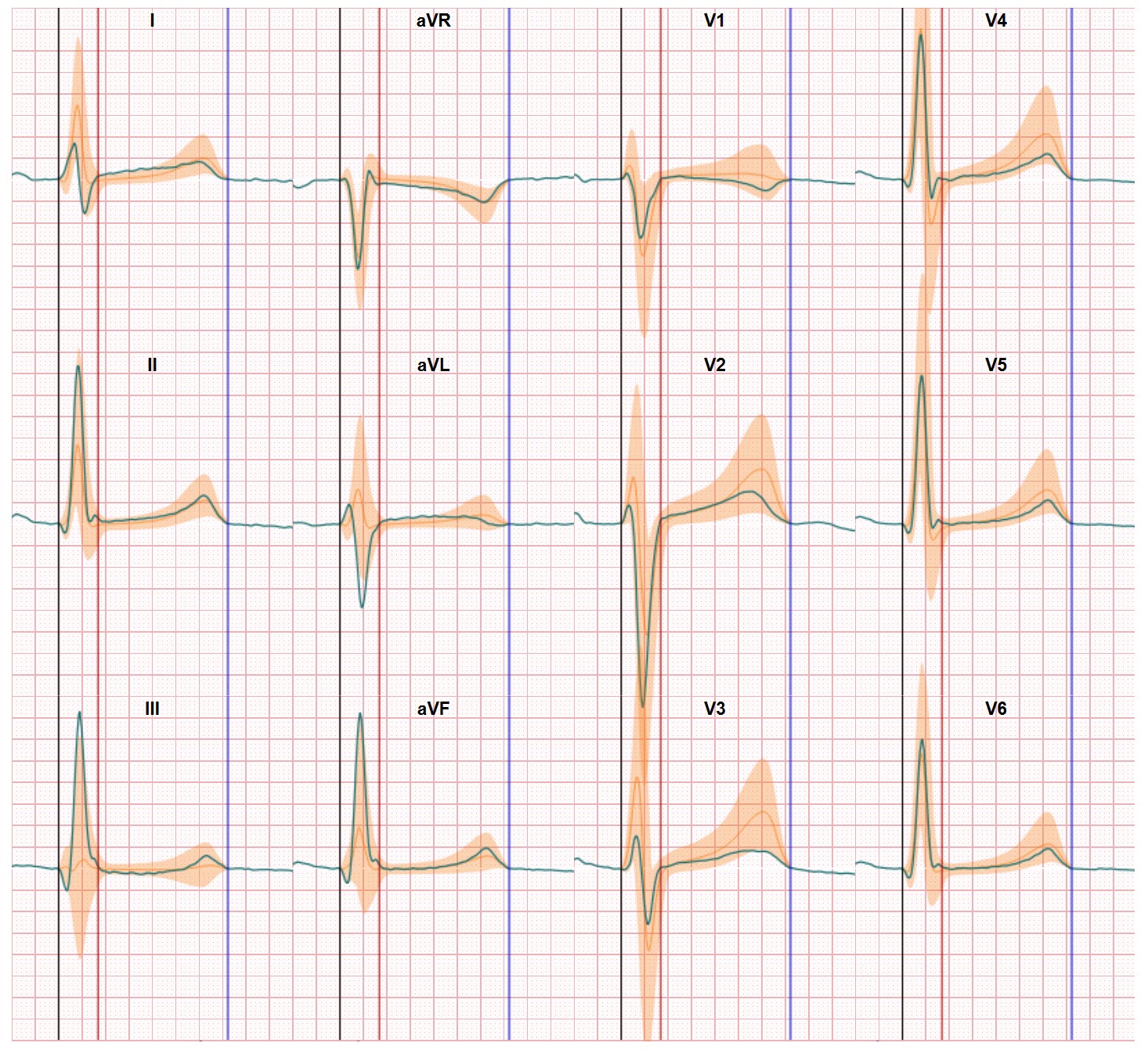Virtual healthcare is still driven by the doctors agenda
The provision of virtual heart health care as a result of the pandemic restrictions (we faced in the past years) is an international trend. People all over the world have become used to understanding synchronous telehealth provisions, occurring in real time between providers and consumers. This can be in the form of a phone or zoom call or an interaction between data shared in applications. It’s still classic stuff, the patient provides information and the physician provides the analysis at an earlier scheduled moment which is mostly driven by the agenda of the physician.
Patient scheduled Healthcare is a growing need
But as we are getting used to watch television or video at the moment of our convenience the demand for asynchronous telehealth will grow, driven by consumers who are seeking similar interactions from the
health system that they experience in other aspects of their lives; when it is convenient to them and using channels that they are increasingly familiar with, such as health platforms on desktop computers, on mobile phones, text and messaging apps. This trend has been accelerated as a result of the rise in hybrid and remote working.
And this trend will probably be enforced by the growth in personal health data acquisition tools. We are already familiar with these tools on a consumer gadget level (without clinical certification) and these tools provide us with basic parameters such as heart rate, temperature, saturation, single lead ECGs. More and more consumer demand will grow towards clinical validated diagnostic tools which can deliver output at the moment of their own scheduling.
Virtual heart disease diagnostics faces hurdles
From the perspective of a company developing new diagnostic solutions for automated ECG interpretation this is an interesting challenge. In our case we focus on the 12 lead ECG and ECG waveform analysis and interpretation. ECG interpretation is already a challenge for physicians and moving the 12 lead ECG recording to an @home situation is only increasing the risk for instability in the data due to the dependency on accurate ECG electrode positioning. Second, providing an automated ECG analysis solution which covers both ECG rhythm and ECG morphology analysis is another mandatory breakout innovation.
Virtual heart healthcare diagnostics face a bright future
But the pandemic and its aftermath (characterized by the need for fast response, the growing shortage of trained clinical staff, the advantages of remote and virtual healthcare) has thought us the benefits of delivering accurate remote heart health through automated 12 lead ECG interpretation are huge. We have already solved the second part of the challenge and we do deliver a fully automated 12 lead ECG interpretation for both rhythm and ECG waveforms. And we are almost there in taking the other hurdle of accurate ECG electrode (re)positioning. The future of virtual healthcare is looking positive!






